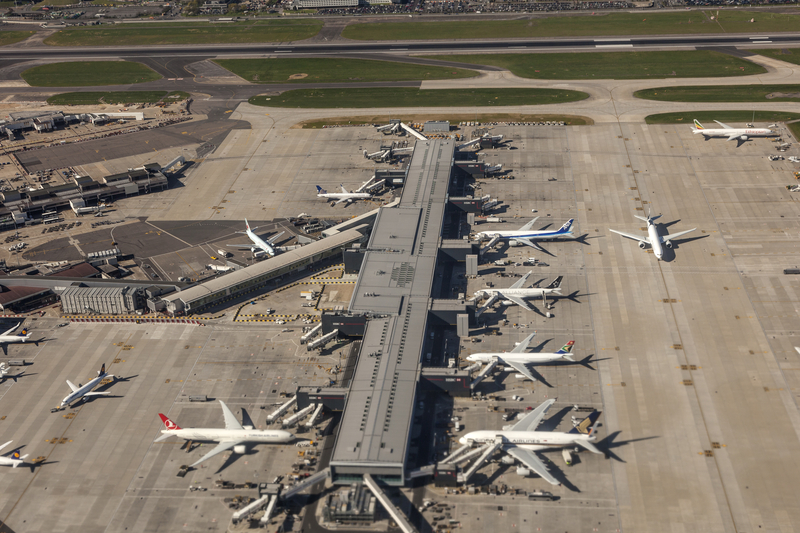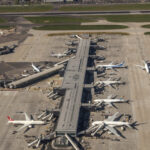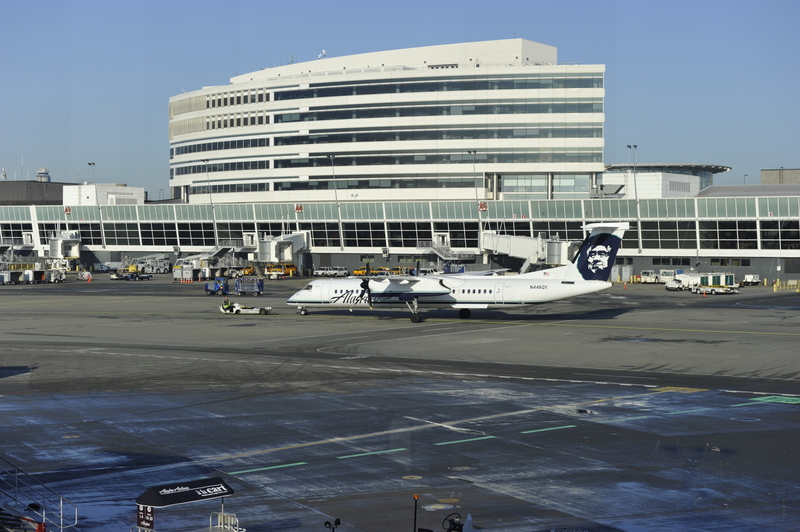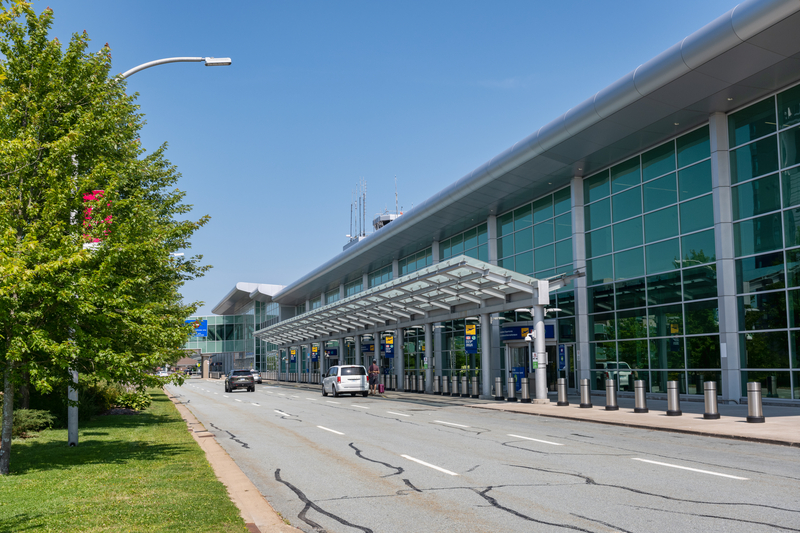Heathrow Airport Closure Sparks Global Flight Disruptions Following Major Power Outage

ID 74011397 © Typhoonski | Dreamstime.com
Heathrow Airport (LHR), the UK’s busiest international gateway, was forced to temporarily suspend operations on March 21, 2025, following a massive power outage caused by a fire at an electrical substation in Hayes, West London. The disruption resulted in over 1,000 flight cancellations and diversions, significantly impacting global air travel across Europe, Asia, and North America.
Cause of the Outage
The incident was triggered by a large-scale fire at a National Grid substation, which cut power to multiple terminals at Heathrow. The fire broke out around 2:30 AM GMT, prompting emergency responders and National Grid engineers to shut down electricity to prevent further escalation.
The outage severely impacted Terminal 5—home to British Airways’ long-haul operations—along with Terminal 2, used by Star Alliance carriers. Lighting systems, baggage handling, check-in counters, and air traffic control systems were all affected.
Impact on Flights and Airlines
As a result of the shutdown, Heathrow Airport announced a full suspension of flight operations until midnight local time on March 21. The ripple effects were felt worldwide:
- British Airways canceled over 350 flights, both domestic and international.
- Qantas Flight QF1 from Sydney was diverted to Paris Charles de Gaulle (CDG).
- Virgin Atlantic canceled several transatlantic services, including those to New York-JFK, Los Angeles (LAX), and Johannesburg (JNB).
- American Airlines, Lufthansa, Emirates, and Singapore Airlines also reported diversions, delays, or cancellations.
- Some aircraft en route to Heathrow were forced to return to origin airports due to holding limitations in European airspace.
The Heathrow Cargo Terminal was also shut down, delaying time-sensitive freight shipments bound for international distribution.
Passenger Experience
Thousands of passengers were left stranded across terminals and other UK airports. Heathrow’s information and signage systems were rendered inoperable, leaving many travelers unaware of cancellations or gate changes.
Transport for London (TfL) reported overcrowding at train stations as passengers sought alternate means of travel. Nearby airports including London Gatwick (LGW), London Stansted (STN), and Birmingham Airport (BHX) saw a surge in redirected traffic.
Ongoing Response and Investigation
The National Grid confirmed that the Hayes substation fire was contained by early afternoon, but restoring full power to Heathrow required complex repairs and system testing.
Heathrow Airport’s operations team, in collaboration with the Civil Aviation Authority (CAA) and UK Department for Transport (DfT), launched an emergency operations plan to:
- Rebook affected passengers.
- Prioritize repatriation and medical flights.
- Coordinate with Eurocontrol and NATS (UK Air Traffic Services) to minimize regional airspace congestion.
Industry and Economic Implications
The Heathrow outage is one of the most disruptive non-weather-related events in recent UK aviation history. It highlights vulnerabilities in airport infrastructure and the cascading impact on:
- Global airline schedules and crew rotations.
- Slot allocations and aircraft positioning.
- Cargo logistics, especially for pharmaceutical and perishable goods.
Airlines have warned that it may take up to 72 hours to return to normal operations, depending on aircraft availability and airport slot rescheduling.
Bottom Line
The March 21, 2025 power outage and temporary closure of Heathrow Airport (LHR) has caused major global flight disruptions, affecting passengers, airlines, and cargo operators. While emergency crews restored partial operations by midnight, the incident serves as a critical reminder of the importance of resilient airport infrastructure and crisis management planning. Authorities are expected to launch a full investigation into the outage’s root causes and consider upgrades to Heathrow’s power and backup systems.





